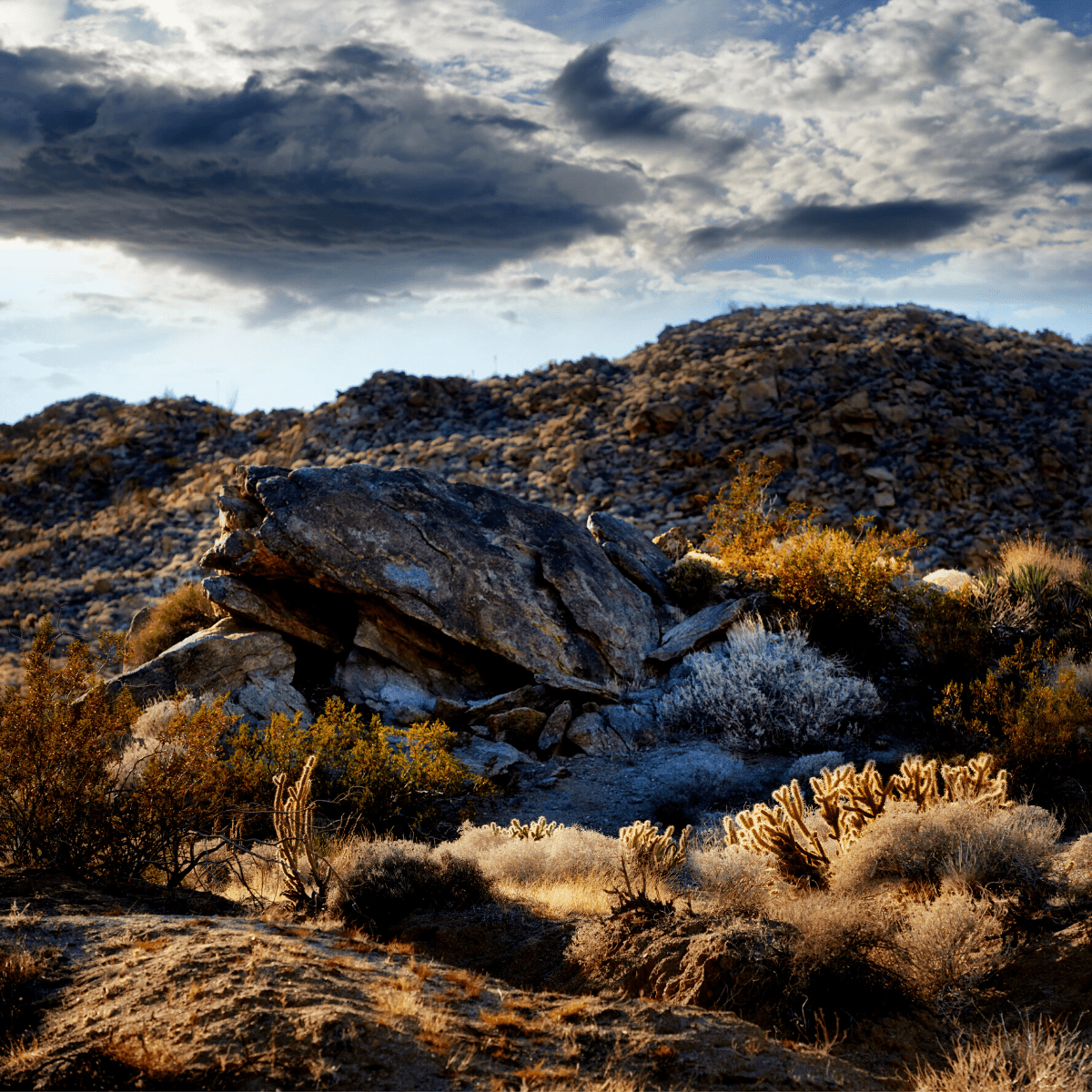Staying Warm on Cold Nights in Anza-Borrego State Park
Share

Anza-Borrego State Park is known for its beautiful desert landscapes and outdoor adventures, but it can also get quite cold at night, especially during the winter months. If you’re planning a trip to the park and want to stay warm, here are a few tips to follow:
- Pack the right gear: Make sure you bring warm clothing, including a jacket, hat, gloves, and warm layers. It’s also a good idea to pack a blanket or sleeping bag in case you need extra warmth while camping or sleeping in your car.
- Stay active during the day: Engaging in activities during the day, like hiking or biking, can help generate body heat and keep you warm at night.
- Use a portable heater: If you’re camping or staying in a car, a portable heater can be a great way to stay warm. Just be sure to use it safely and follow all instructions.
- Eat and drink warm things: Eating and drinking warm foods and beverages can help raise your body temperature and keep you warm. Pack some hot cocoa or soup to enjoy at night.
- Let someone know your plans: It’s always a good idea to let someone know where you’re going and when you plan to come back, especially in a place with spotty cell phone service like Anza-Borrego State Park.
By following these tips and packing the right gear, you can stay warm and comfortable during your visit to Anza-Borrego State Park. Remember to stay safe and let someone know your plans to ensure a pleasant and enjoyable trip
Winters in Anza-Borrego State Park: What to Expect
Anza-Borrego State Park is located in the desert of southern California and is known for its mild winters and warm, sunny days. However, the park can also experience colder temperatures and even frost or snow during the winter months. Here’s what you can expect in terms of weather during the winter in Anza-Borrego State Park:
- Average high temperatures: During the day, the temperature in Anza-Borrego State Park can range from the mid-60s to the low 70s in the winter months.
- Average low temperatures: At night, the temperature can drop into the 30s and 40s, so it’s important to bring warm clothing and gear if you plan to camp or spend time outdoors.
- Precipitation: The park typically receives very little precipitation during the winter months, with an average of less than an inch of rain. However, it’s not uncommon to experience some frost or snow, especially in the higher elevations of the park.
- Sun: Despite the cooler temperatures, you can still expect plenty of sunny days in Anza-Borrego State Park during the winter. Pack sunscreen and protect your skin from the strong desert sun.
Overall, the winter in Anza-Borrego State Park is mild and sunny, but it’s important to be prepared for colder temperatures and possible frost or snow. By following the tips we provided, you can stay comfortable and enjoy all that the park has to offer during the winter months.
Surviving a Winter Strand in the Desert: Tips for Staying Warm in Anza-Borrego State Park
If you find yourself stranded in the desert during the wintertime with no supplies, it can be a difficult and potentially dangerous situation. However, there are steps you can take to stay warm and increase your chances of survival until help arrives. Here are a few tips to consider:
- Find shelter: If you have no supplies, your first priority should be finding some form of shelter to protect yourself from the elements. This could be a cave, a rocky outcropping, or even a small depression in the ground that you can use to block the wind. If you are in Anza-Borrego State Park, try to find a spot near a canyon or wash where you can take advantage of the natural windbreaks.
- Stay dry: Wet clothing can quickly lead to hypothermia, so it’s important to try to stay as dry as possible. If you are caught in a rainstorm, try to cover yourself with a large leafy plant or use a piece of plastic or other material to create a makeshift raincoat.
- Use your body heat: Huddling close to other people or animals can help to keep you warm. If you are alone, try to curl up into a tight ball and tuck your arms and legs close to your body to retain as much heat as possible.
- Start a fire: If you have the means to do so, starting a fire can be a lifesaving move. Use any materials you can find, such as twigs, leaves, and dry grass, to create a small fire. Be sure to keep it small and contained to avoid starting a wildfire.
- Stay hydrated: Dehydration can make you feel colder, so it’s important to drink as much water as you can, even if you don’t feel thirsty. If you are in a desert environment, try to find water sources such as creeks, springs, or pools of rainwater.
By following these tips and using your resourcefulness, you can increase your chances of surviving a winter strand in the desert. Remember to stay calm, stay warm, and stay hydrated until help arrives.









